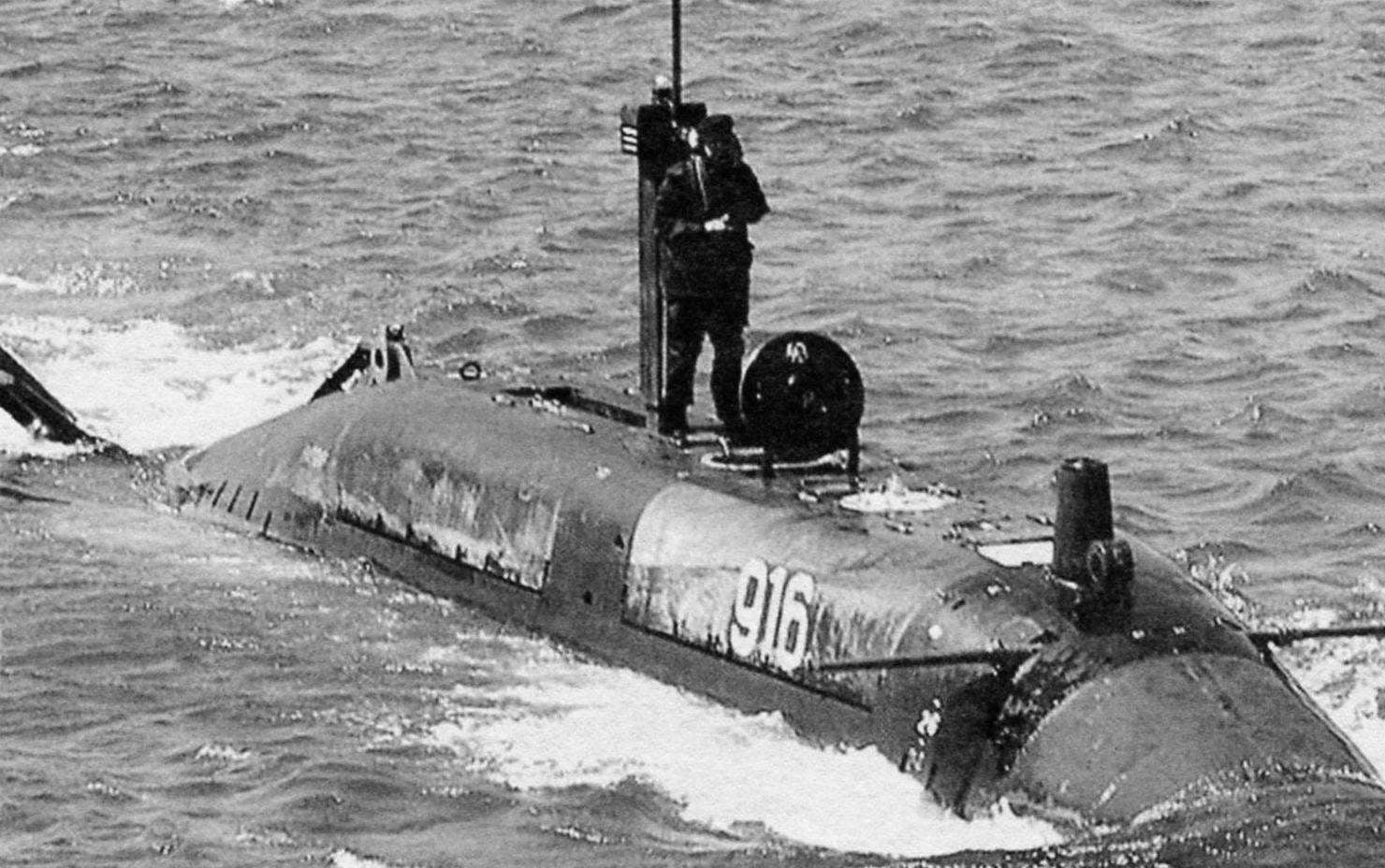The body of the carrier CE2F made of steel and has stern and bow ends of the cylindrical shape. It is divided into four compartments: front, center, and two aft (bow and stern – sealed, Central – permeable). In a pressurized nose compartment is placed the group of batteries mounted on the carriage capable of moving in the longitudinal direction than fore and aft balance is achieved by the conveyor in a submerged position. On the nose compartment raskreplennye container with instrumentation under the fairing out of fiberglass. In the Central compartment are placed two divers in the equipment, its upper part is covered three-piece cover made of Plexiglas.
Front and back sections of the sliding hood, which ensures the access of the diver in the compartment. In the Central compartment located differently pump, balance and ballast tanks, cylinder of high pressure air, controls, depth sounder, log and magnetic compass.
Durable aft towing divided by a bulkhead into two compartments. In the front it has a battery and two air cylinder on-Board life support system. From the cylinders the air is supplied to saguntum divers, which allows them not to waste their air supply breathing apparatus. At the rear of the stern section contains the propeller engine with gearbox. Propeller – 3-bladed. Vertical and horizontal rudders raskreplennye on brackets welded to the aft compartment; the relining of the rudders is carried out via rope pull from the front of the cab diver. Sometimes in the fairing for the aft compartment is a fiberglass container with spare breathing apparatus and mine-suckers.
Midget submarines and the means of delivery of combat swimmers company Cos.Mo.S. (Livorno)
To regulate the buoyancy provided by the surge tank in stainless steel, placed at the bottom of the Central compartment between the two cabins of divers; filling and draining its made differentim pump. The ballast tank is located above the surge, made of fiberglass and equipped with ventilation valves. The filling is done by gravity, drainage of compressed air. When you purged the ballast tank, the conveyor capable of movement on the surface, the divers can breathe atmosfernyi air. The depth of immersion of the carrier depending on its modifications -СЕ2F / X30, СЕ2F / X60, and СЕ2F/X100 is respectively 30, 60 and 100 m.
Basic tactical and technical elements of the carrier СЕ2F following. Main dimensions (length x width x height, m) – 0.8 x 7.0 x 1.5 , weight – about 2.4 tons speed: full u – 4,5 ties, economic underwater and 3.3 KTS, cruising range on electricity supplies of 50 miles.
Weapons carrier consists of time bombs, attached to the outside under the Central compartment: one mine MK.31 with a charge of 270 kg of explosive, or two min MK.41 with a charge of 110 kg each. In addition, you can be accepted in few min-suckers with a charge of 7 kg for the damage to underwater pipelines, cables, etc. the Number of issued conveyors for combat swimmers are usually in print is not reported, because release of a series СЕ2F in the color section is omitted or specified approx. Data on production of individual batches of towing and submarines, leaked to the press, summarized in the following table.
 All wars end sooner or later, no exception and the most terrible in human history the Second world war. And when peace came, the experts were not in a hurry to understand tendencies of development of those or other weapons systems. It is obvious that during the conduct of hostilities, the release of new models of equipment and retraining of personnel on long-term patterns difficult to achieve.
All wars end sooner or later, no exception and the most terrible in human history the Second world war. And when peace came, the experts were not in a hurry to understand tendencies of development of those or other weapons systems. It is obvious that during the conduct of hostilities, the release of new models of equipment and retraining of personnel on long-term patterns difficult to achieve.